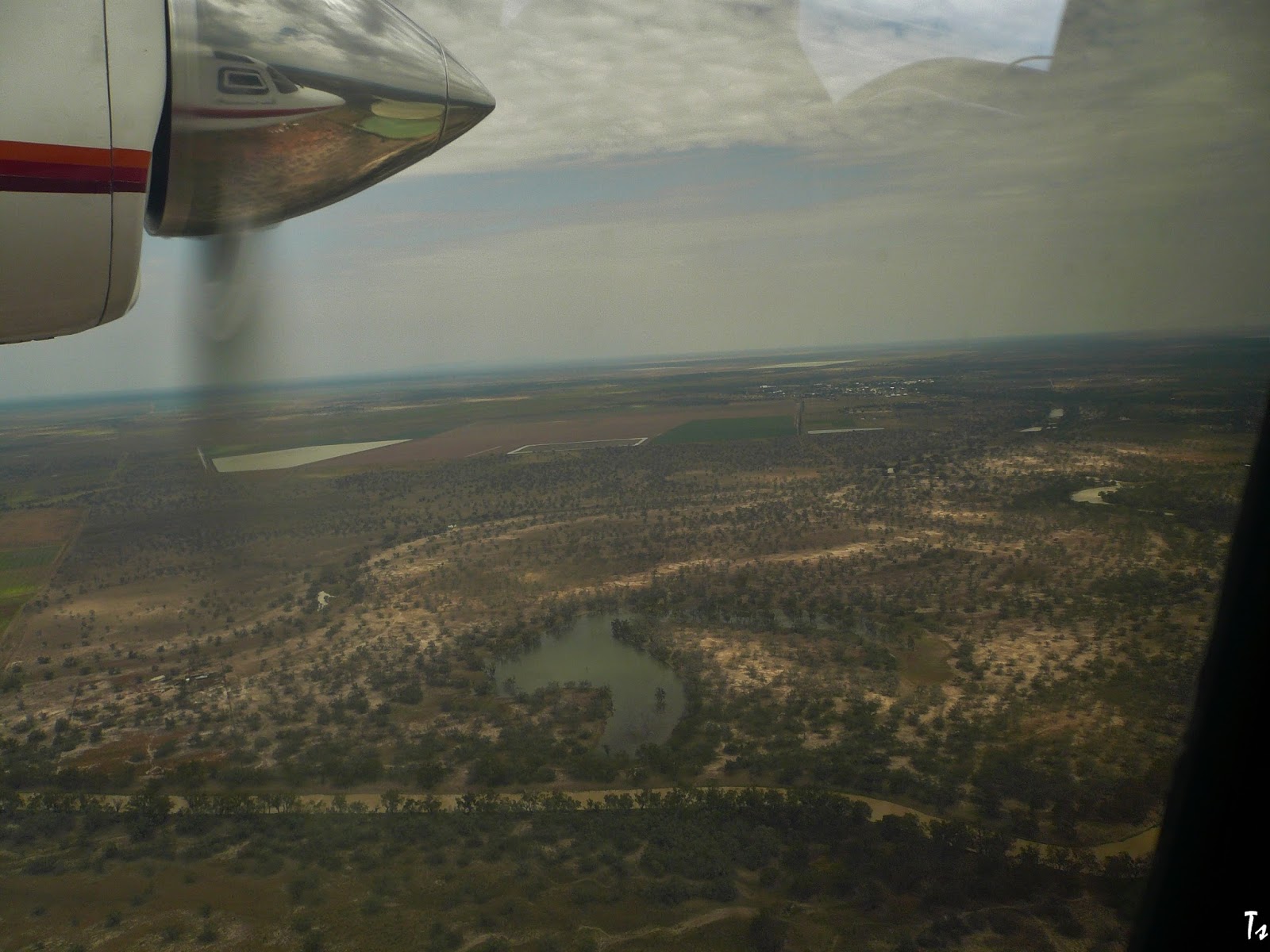The Serpent and the Staff
by
Barbara wood
Review
With a story that’s vividly told with rich historical details, Barbara Wood brings Ugarit to life. For readers who enjoy delving into the deep past of civilization, this is a recommended read
The plot and pacing are masterful, skilfully envisions a society set in biblical times, with people-trading, marrying and scheming in a thriving coastal town at the centre of ancient trade routes, rendered in soft focus but with marvellous clarity and complexity.
Her fiction come alive with authentic detailing and highly memorable characters, vivid sketches of women who triumph over destiny.
Set in the tumultuous era when Egypt is on the brink of becoming the dominant world power, The Serpent and the Staff tells the powerful story of a Canaanite family's struggle for survival in a climate of violent change, when cherished beliefs and traditions are threatened.
Ugarit Syria, 1450 B.C.E.
Page 208; He thought of the moral decay of the Brotherhood, because the scribes had become to powerful. They have a monopoly on reading and writing. Even Doctors and lawyers rely on them. Such power has corrupted them.
(Nobody could read and write, everybody had to employ or go to a scribe to have anything written down or read to them.. It was a complicated cunei form of writing with thousands of pictographs.)
Cuneiform script is one of the earliest known systems of writing distinguished by its wedge-shaped marks on clay tablets, made by means of a blunt reed for a stylus. The name cuneiform itself simply means "wedge shaped", from the Latin cuneus "wedge" and forma "shape," and came into English usage probably from Old French cunéiforme.
The cuneiform writing system was in use for a span of more than three millennia, through several stages of development, from the 34th century BC down to the 2nd century AD. Ultimately, it was completely replaced by alphabetic writing (in the general sense) in the course of the Roman era and there are no Cuneiform systems in current use. It had to be deciphered as a completely unknown writing system in 19th-century Assyriology. Successful completion of its decipherment is dated to 1857.
My 2 cents; interesting history details, a great narrative, in between , on certain pages it became a bit ponderous. All in all enjoyable.



















.jpg)








